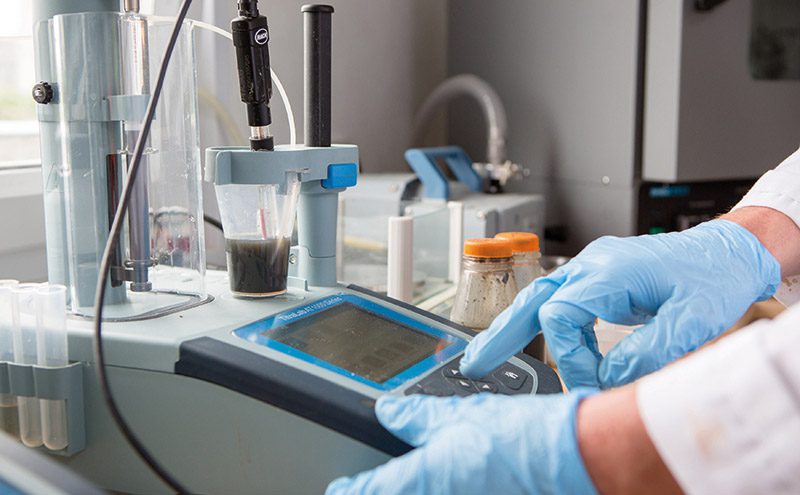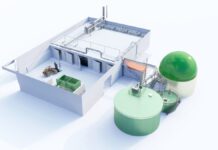AD operator and services provider Amur has launched a test for measuring biomethane potential (BMP) of feedstocks, which it claims has a speed and accuracy edge over other approaches.
Biological BMP tests rate feedstock samples to give operators a potential gas yield for that material. Unlike existing methods, which take at least three weeks to generate results, Amur’s Bullet BMP technology reports back in just four days, says the firm.
The technology uses near infra-red spectral analysis to identify the components – such as starch, sugar, or fat – in a sample. The findings are calibrated and benchmarked against known biomethane potential from a range of waste materials, then mathematically calculated and converted into BMP.
Nigel Lee, General Manager at Amur, said: “AD plants are offered new feedstocks on a regular basis and being able to understand the value of those feedstocks to the AD operator is critically important. The introduction of poor gas yielding products into the AD will reduce gas yields and profits whilst still generating all the costs associated with making the gas and disposing of digestate.”
To date, biological BMP testing has relied on two methods – biological BMP testing and theoretical testing. The biological test reflects the behaviour of bacteria in a live AD – a small amount of feedstock is fed to bacteria, which digest the material. Theoretical testing measures the individual components, before apportioning a hypothetical gas yield.
According to Lee, the two methodologies contain flaws which can affect results. “The biological test takes place under ideal conditions, which rarely occur within a real AD plant, while theoretical testing will contain inaccuracies resulting from the measurement of the individual components. These will be compounded once the figures are applied to the equation. As a result, biological BMP gives an elevated value, while theoretical testing gives a lower value. Bullet BMP usually falls between the two.”
BMP testing involves a one-off sample, or a bundle of regular assessments. Lee emphasises that although BMP testing is a useful tool, it is not an alternative for sustained monitoring.
He said: “We use lab testing to support our other services, which are based around longer-term relationships. Looking at the bigger picture allows us to spot trends. For example, we are able to link a fall in gas yields to whether pH has gone up, or dry matter gone down, over a three-month period. As a result, operators will have the tools and insight they need to improve, rather than an isolated number on a report sheet.”








